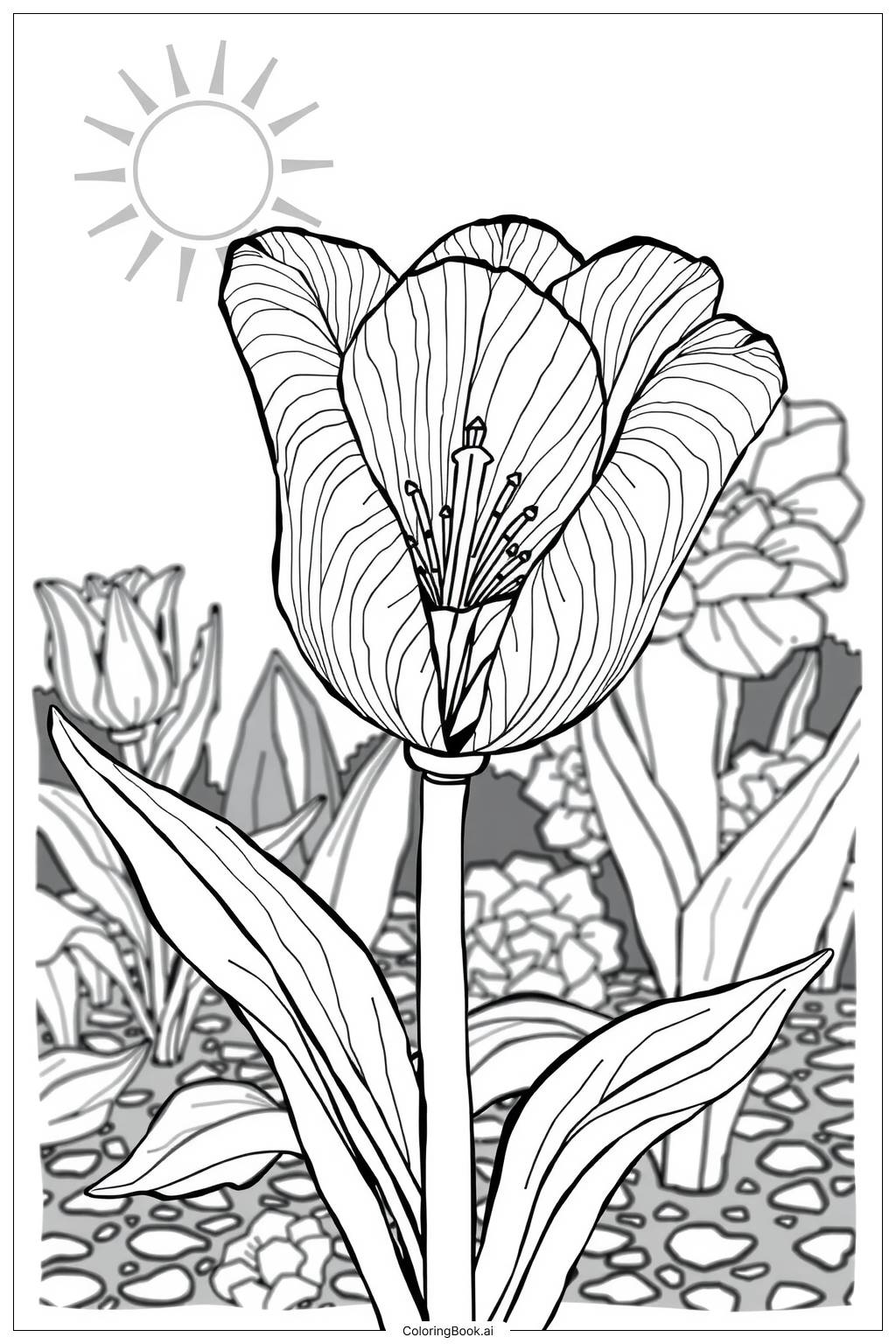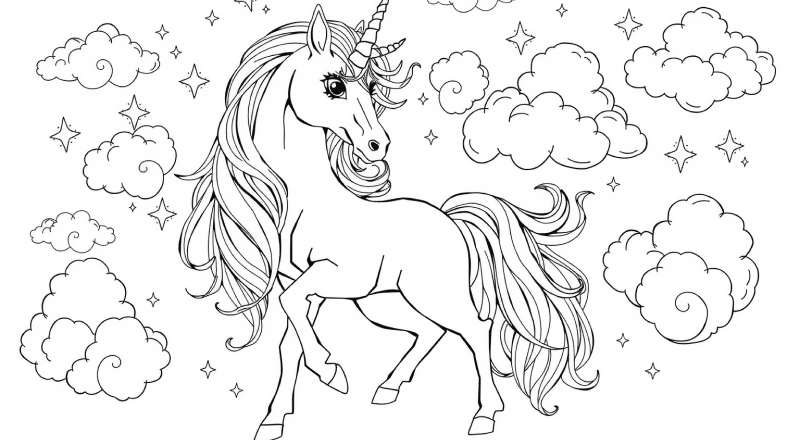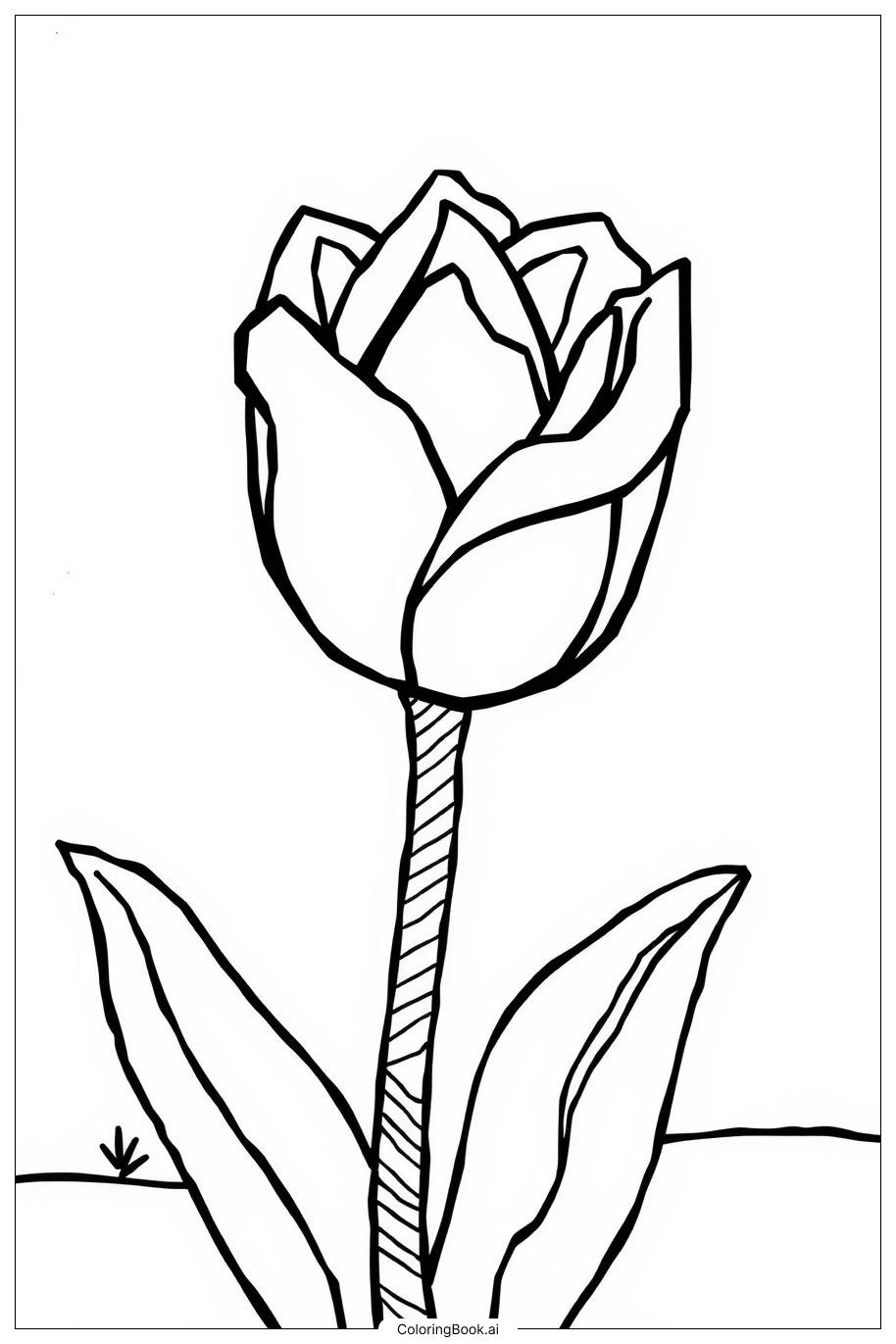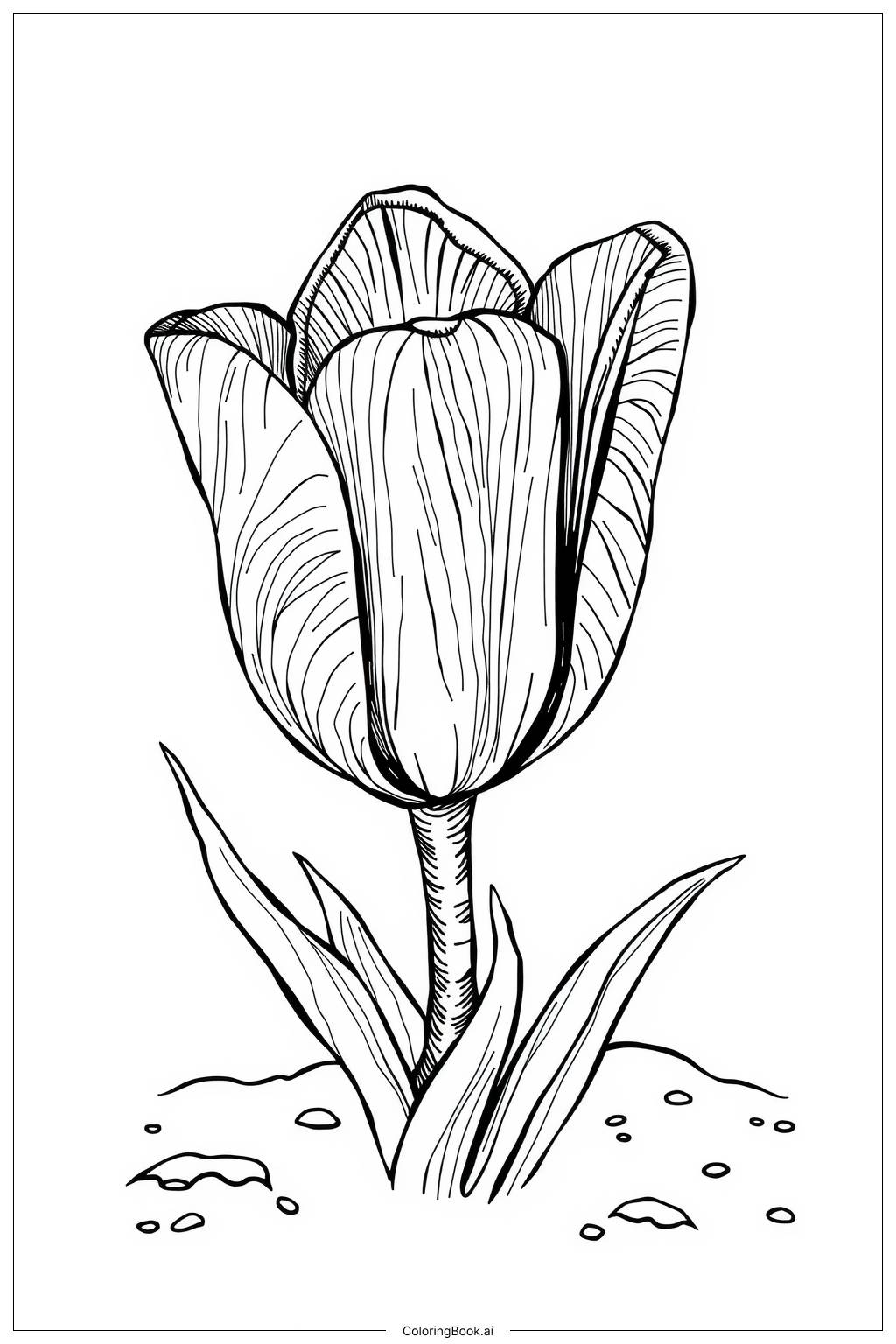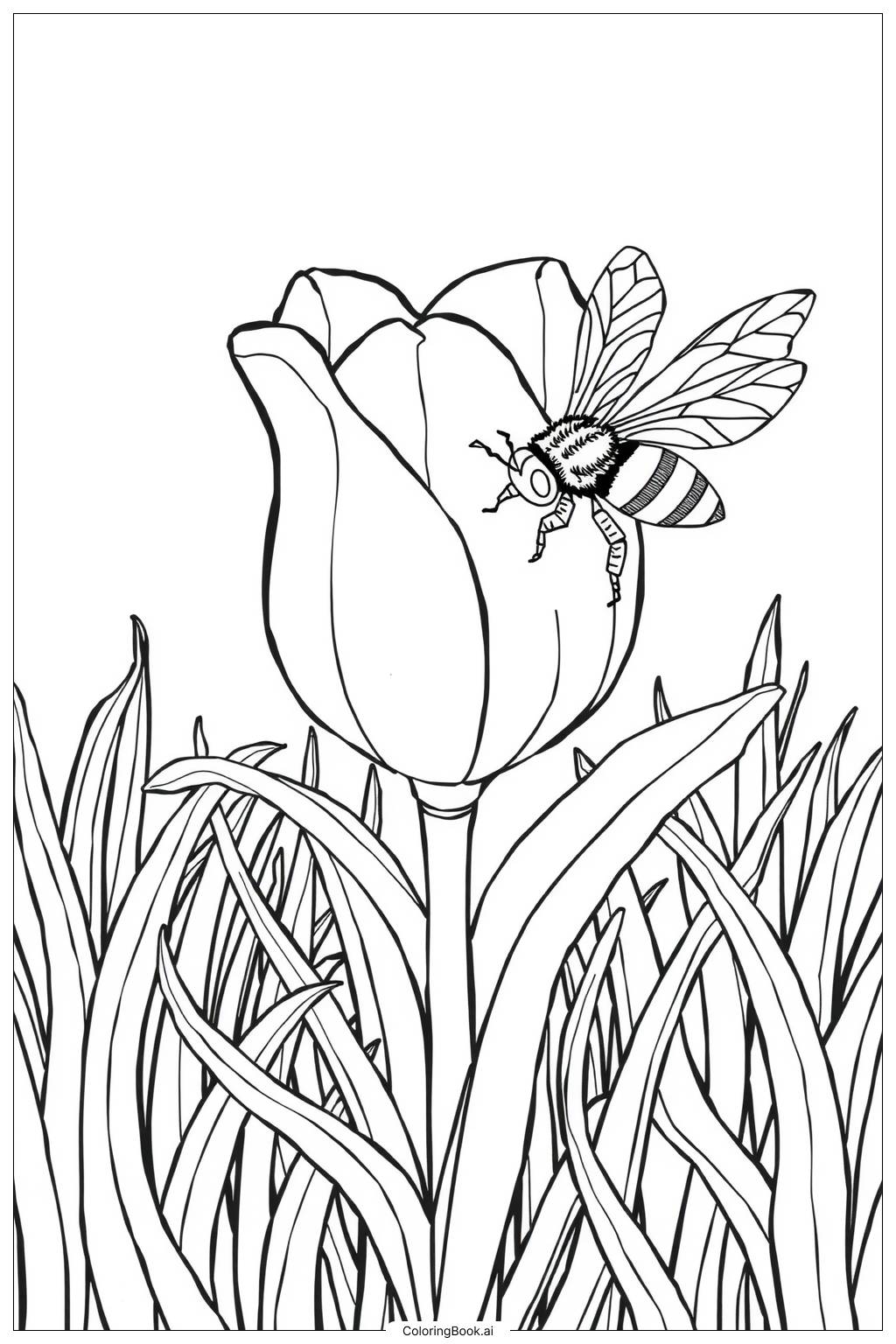Coloring tips: How to color Tulip in Botanical Illustration Style coloring page well?
For coloring this tulip, you can use various shades of red, pink, or yellow for the petals. Mixing different colors will add depth and dimension. Don't forget to color the stem and leaves in shades of green. You might want to add some detail to the background flowers as well, using pastel colors for a soft look. Adding a bright blue or orange for the sun can make the picture pop. Use markers, crayons, or colored pencils—whatever you enjoy most!
Coloring challenges: Which parts are difficult to color and need attention for Tulip in Botanical Illustration Style coloring page?
1. The petals of the tulip have intricate lines and details, which might be tricky to color without going outside the lines. Young children may need to focus while coloring these parts. 2. There are many layers in the flower's design, which can make it challenging to choose the right colors to create contrast and depth. 3. The background features several flowers and leaves, which can make it overwhelming to decide how to color each element harmoniously. 4. Achieving a smooth blend of colors in areas like the petals may be difficult for some kids, especially when using crayons. 5. Making sure the colors of the tulip stand out against the background might require careful planning and color selection.
Benefits of coloring books: Advantages of drawing Tulip in Botanical Illustration Style coloring page
Coloring this tulip page offers various benefits. It helps improve fine motor skills as kids practice holding coloring tools and carefully coloring within the lines. It also boosts creativity, allowing children to express themselves through color choices and blending techniques. Coloring can be a calming activity, helping to reduce anxiety and stress. Additionally, it encourages focus and concentration as young artists work on their projects. Sharing their finished work with family and friends can also provide a sense of achievement and boost their confidence.
